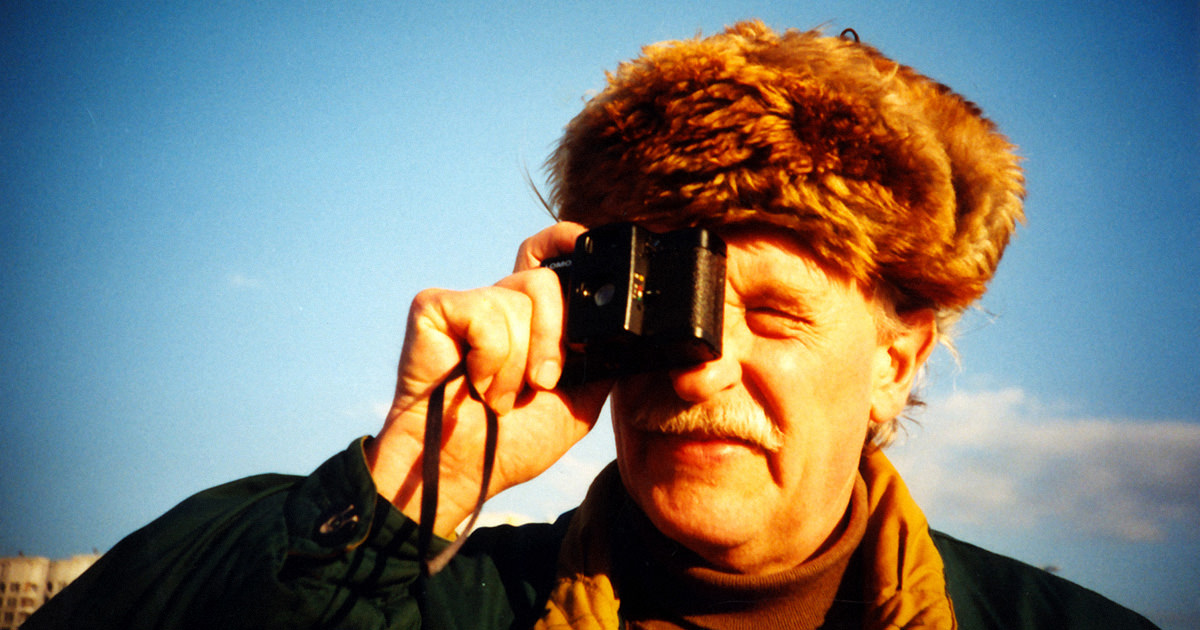Negative.Rolls.0_0
TPF Noob!
- Joined
- Dec 27, 2022
- Messages
- 8
- Reaction score
- 0
- Can others edit my Photos
- Photos NOT OK to edit
Hi!
i would like to ask for feedback what can i do better for my photos!
so i took these with Nikon Fm2, and Umi 800. Camera Iso is at box speed
i use my phone as lightmeter. for the 1st photo, i was focusing on the lantern, for the 2nd photo, i was focusing on the font.
but the overall photos are underexposed.
sooo, what is the solution in this condition?
thank you!
i would like to ask for feedback what can i do better for my photos!
so i took these with Nikon Fm2, and Umi 800. Camera Iso is at box speed
i use my phone as lightmeter. for the 1st photo, i was focusing on the lantern, for the 2nd photo, i was focusing on the font.
but the overall photos are underexposed.
sooo, what is the solution in this condition?
thank you!
Attachments
Last edited:














![[No title]](/data/xfmg/thumbnail/38/38737-350089c7ae87f5c983c5362b9b78b671.jpg?1734172601)
